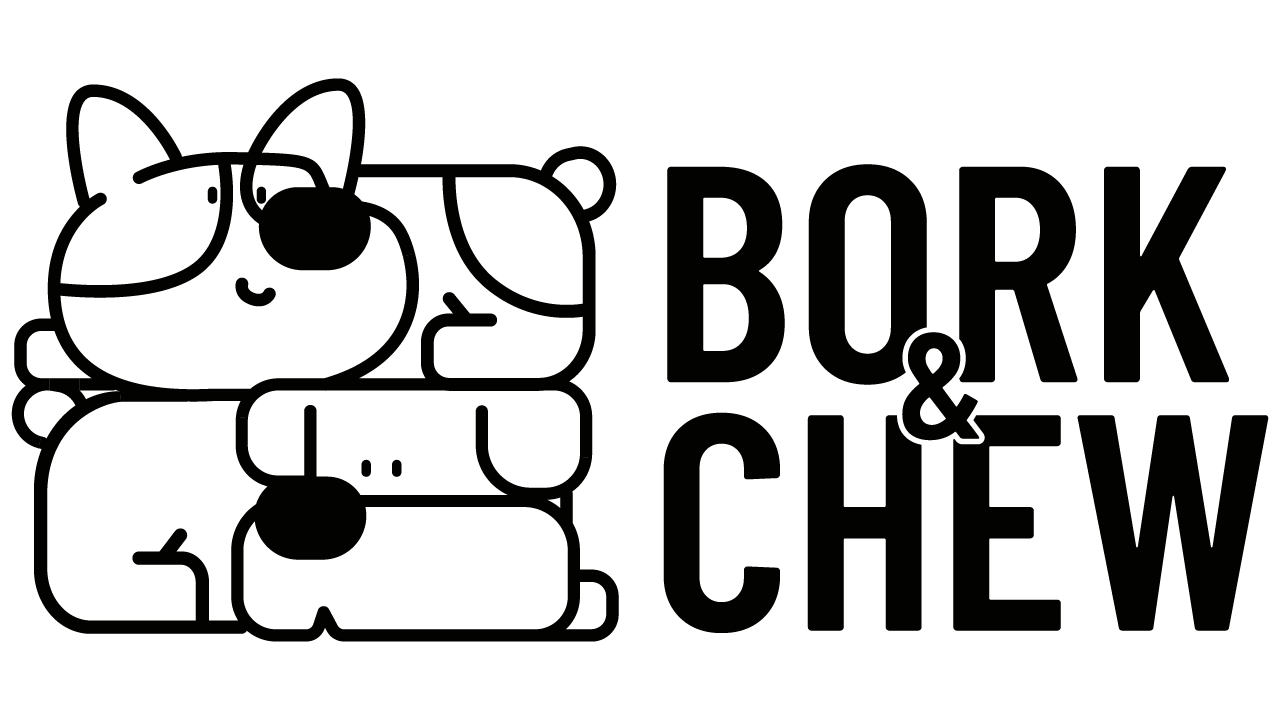The Lifespan Myth: How Just “5 Grams” Could Be Costing Your Dog Years
What if the very treat you give your dog every day is slowly chipping away at their precious time?
We all want our furry best friends to live the longest, happiest lives possible, filled with runs on the beach and mountain adventures, particularly for the many wonderful dogs living across Bali (Yes, looking at you two, Silver and Quinn). Yet, many of us operate under a hidden, dangerous belief—the lifespan myth: A tiny bit of preservative doesn’t matter.
But let's look at the simple, cumulative cost of those "tiny bits."
image source: Unsplash
The Hidden Math of Longevity
Imagine your dog is consuming just 5 grams of chemical additives—like artificial dyes, stabilizers, and preservatives—each day through their routine snacks. That small daily amount, 365 days a year, quickly adds up to over 1.8 kilograms annually. Over a typical ten-year lifespan, you've inadvertently forced your dog's system to process over 18 kilograms of non-nutritional chemicals.
It’s not about a single toxic event; it's about the slow, constant work required of their liver and kidneys. This massive, unnecessary chemical load forces their vital organs to work overtime, year after year, which can lead to long-term health issues and, quite literally, cost your dog precious years. This is the truth behind the lifespan myth: the convenience of a cheap, long-lasting treat comes at a profound cost to your dog's wellness.
Unmasking the Culprits on the Label
To protect your dog, you need to know what you’re looking for on the back of the bag. The ingredients below are used by manufacturers primarily to maximize shelf life, minimize cost, and make treats visually appealing—not for your dog’s health.
Keep a sharp eye out for these toxic burdens:
BHA (Butylated Hydroxyanisole) & BHT (Butylated Hydroxytoluene): These synthetic antioxidants prevent fats from spoiling. They are linked to potential long-term issues and are restricted in human foods in various countries.
Ethoxyquin: Primarily a pesticide, this chemical is an extremely effective preservative in pet food, despite decades of questions about its overall safety profile.
Excessive Salt or Sugar: While natural, these are often heavily used to preserve products or to make less-appetizing, low-quality ingredients palatable. In large, consistent doses, neither is beneficial to your dog’s overall healthy dog food plan.
These additives exist because they keep a product "fresh" for months or even years, reducing waste for the manufacturer. It's purely a business decision, not a health decision. This is what I found out when I dived in to the dog food industry, and it’s really not all that pretty.
The Power of Purity: An Easy Antidote for Dog Wellness
Here is the good news: the solution to the lifespan myth is incredibly simple.
What if you could easily eliminate those unnecessary grams of chemicals from your dog’s diet just by changing one thing?
We believe the best ingredient for a long, healthy life is purity. The easiest and most impactful change you can make today is to choose snacks that are completely free from synthetic preservatives, additives, and artificial anything.
Look for natural dog treats that are essentially just whole, simple, real food. When the ingredient list is short and recognizable—like 100% natural beef liver or single-ingredient chicken breast—you are providing energy and nourishment that your dog’s body knows how to process and use efficiently. This simple swap is the immediate antidote to the chemical load problem, instantly improving your dog's overall well-being.
Better health is often built not on what you add to a diet, but what you confidently take away.


